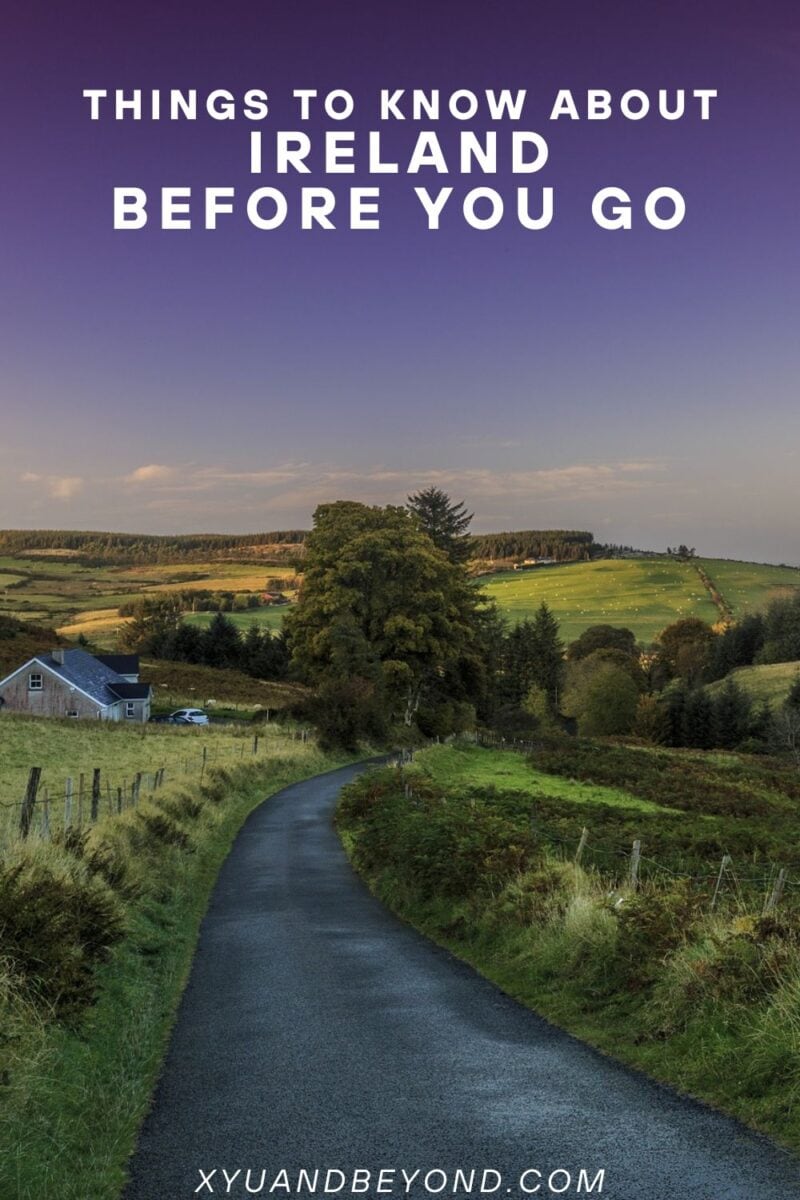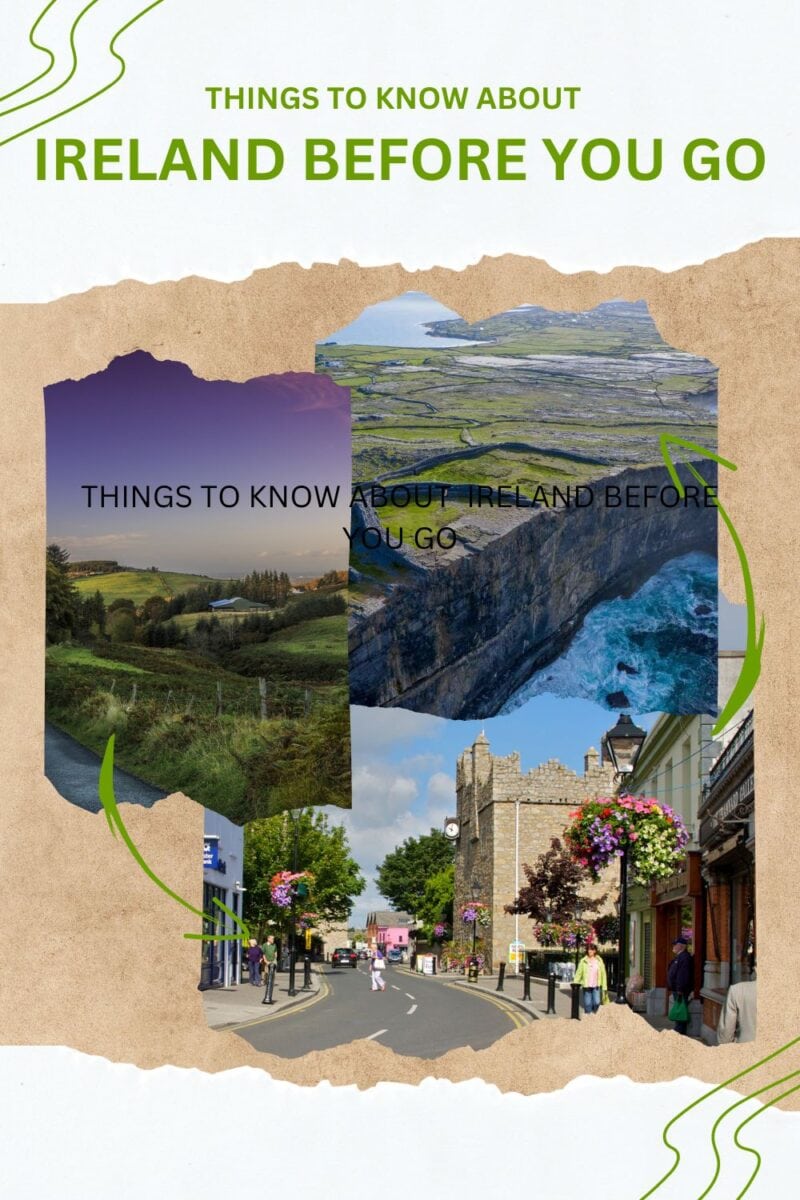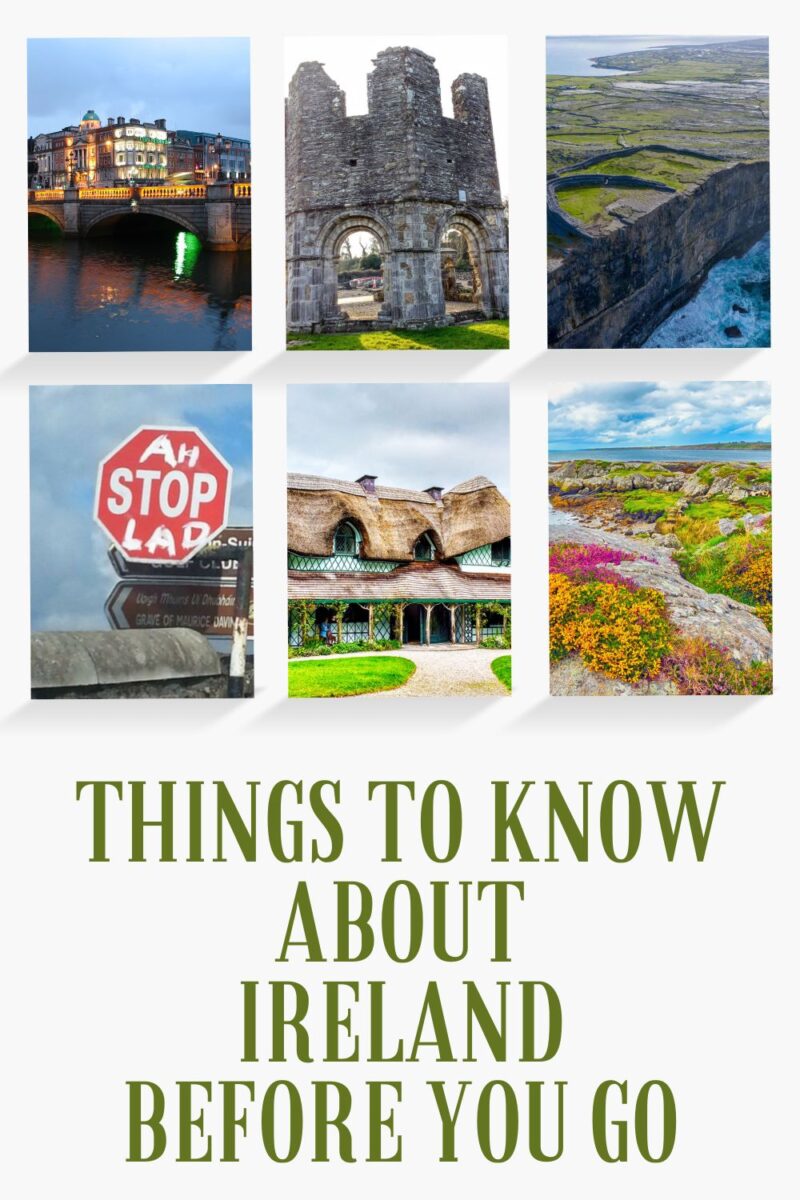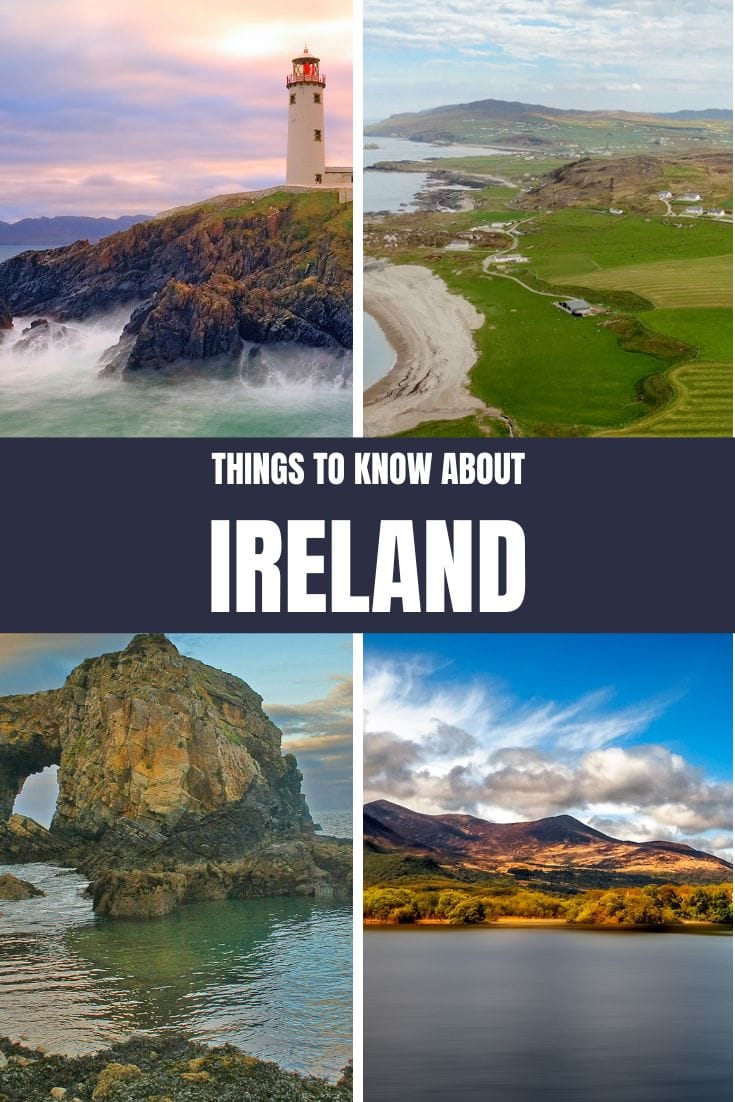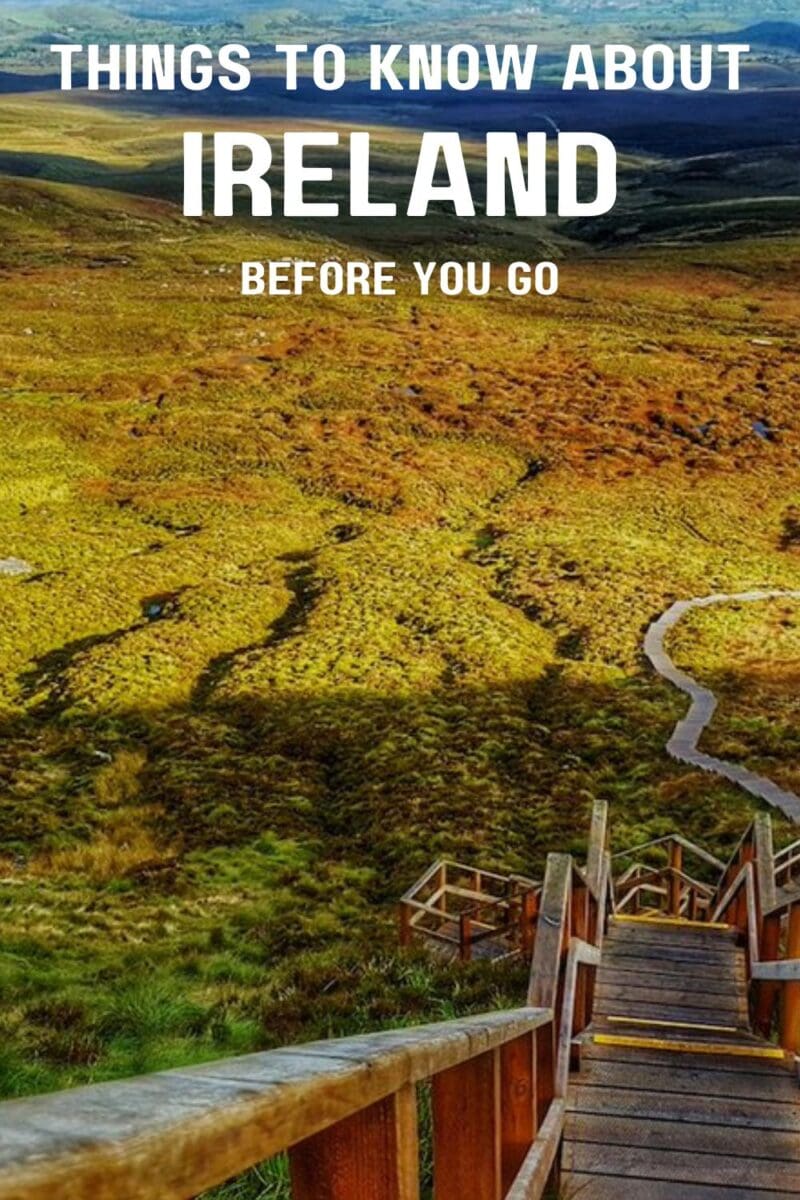Irish Things to know when visiting Ireland
Irish Things to know when visiting Ireland. For an ancient country Ireland has many things it is famous for and things you might find useful to know before you go.
Ireland has some pretty distinctive customs, saying and words for certain items that are used only in Ireland. On your first visit to Ireland be it to family or as a tourist there are certain things you should know about the place, we call them Irish things you should know when visiting.

From the rolling green hills and ancient ruins to the lively pubs and traditional music, Ireland is a country rich in history and culture. The island nation is home to a wide range of unique and fascinating Irish things that have captivated visitors for centuries. From the iconic Cliffs of Moher in County Clare, the moonscape of the Burren and the famous Blarney Stone to the mysterious rock formations of Giant’s Causeway, there is no shortage of natural wonders to explore.
The vibrant cities of Dublin, Galway, and Cork offer a mix of modern amenities and historic charm, while the quaint villages scattered throughout the countryside provide a glimpse into traditional Irish life. Whether you’re sampling a pint of Guinness in a cozy pub, listening to a local musician play the fiddle, or exploring a centuries-old castle, the essence of Ireland can be found in its people, its landscapes, and its distinctive culture. Join us as we delve into the enchanting world of Irish things and discover the magic of the Emerald Isle.

Be it North or South there are as many differences in culture as there are sayings and accents. There are however a few Irish things that are relatively common to both areas and stuff you should know before you go. These 33 points are all unique to Ireland.
There are some differences between the North and the South but I would recommend visiting both Dublin and Belfast if you get a chance just to explore the country as both have great craic and beautiful scenery.
- Irish Things to know when visiting Ireland
- Irish things – Things Ireland is famous for
- Ireland's Patron Saint
- Celtic Irish symbols
- The Irish Goodbye
- Turf & Peat
- Swearing
- The craic
- Irish Road Bowling
- Oscar Wilde
- Irish Literature
- Irish people
- Irish Blessings
- Irish dancing
- The guard
- Traditional Irish music
- Gaelic Football
- Hurling
- Irish Rugby
- The Irish Accent – Gaelic
- The Wake
- A Lock-In – The Irish Pub
- Irish homes and BnB's
- More things that are unique to Ireland
- Food and Drink in Ireland
- Potato Farls
- A few Irish Sayings
- Driving in Ireland
- FAQS and tips on Irish Things
Irish things – Things Ireland is famous for
Famous people with Irish roots
Here are some famous Irish people from various fields:
Michael Collins – Revolutionary leader and key figure in Ireland’s struggle for independence.
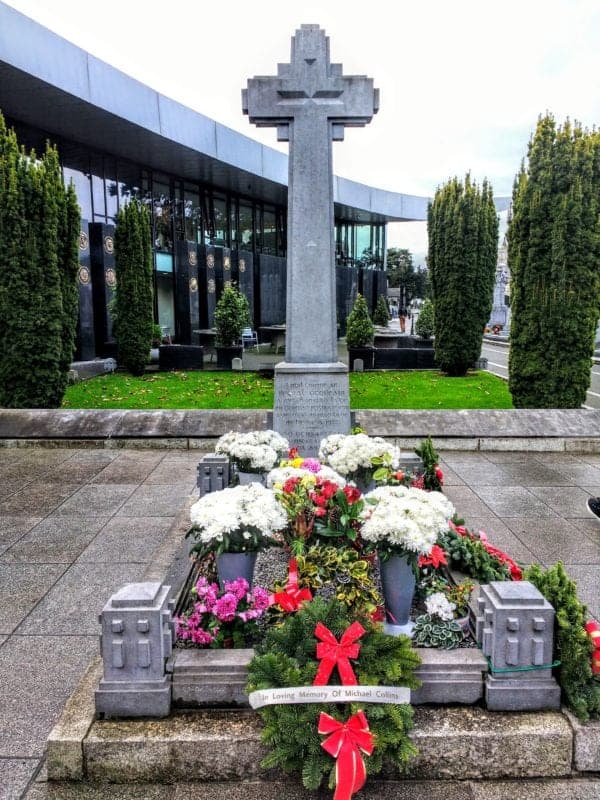
Bono (Paul Hewson) – Lead singer of the rock band U2 and philanthropist.
James Joyce – Renowned author, known for his groundbreaking works such as “Ulysses” and “Dubliners.”
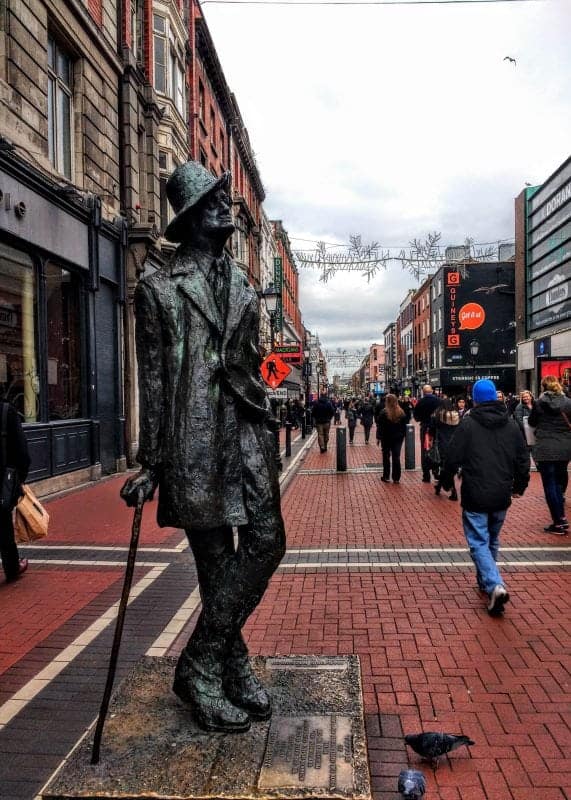
Samuel Beckett – Nobel Prize-winning playwright and author, famous for works like “Waiting for Godot.”
Bram Stoker – Author of the iconic Gothic novel “Dracula.”
Mary Robinson – Former President of Ireland and United Nations High Commissioner for Human Rights.
Liam Neeson – Popular Irish actor, known for roles in films such as “Schindler’s List” and “Taken.”
Saoirse Ronan – Award-winning actress, known for her roles in films like “Brooklyn” and “Lady Bird.”
George Bernard Shaw – Playwright and critic, known for the Irish classics “Pygmalion” and “Man and Superman.”
Sinead O’Connor – singer, activist and rebel famous for the song Nothing Compares to You
These are just a few examples, as Ireland has produced many influential figures in various fields throughout history.
Ireland’s Patron Saint
Everyone knows Saint Patrick and his most famous legend – that of driving the snakes out of Ireland. St. Patrick first came to Ireland as a slave and when he escaped slavery he is thought to have returned to Ireland to bring Christianity to the island. St. Patrick is the most important patron saint of Ireland.
Irish folklore credits Patrick with teaching the doctrine of the Holy Trinity by using a shamrock to illustrate the three persons in one god. The Irish celebrate St Patrick’s Day around the world on March 17th. And point of interest do NOT call it St Patty’s day it is St Paddy.
Celtic Irish symbols
Celtic symbols hold a profound significance in Irish culture, representing a connection to Ireland’s ancient past and the enduring spirit of its people. From intricate knotwork designs to iconic symbols like the Claddagh and the Celtic cross, these symbols are woven into the fabric of Irish identity.
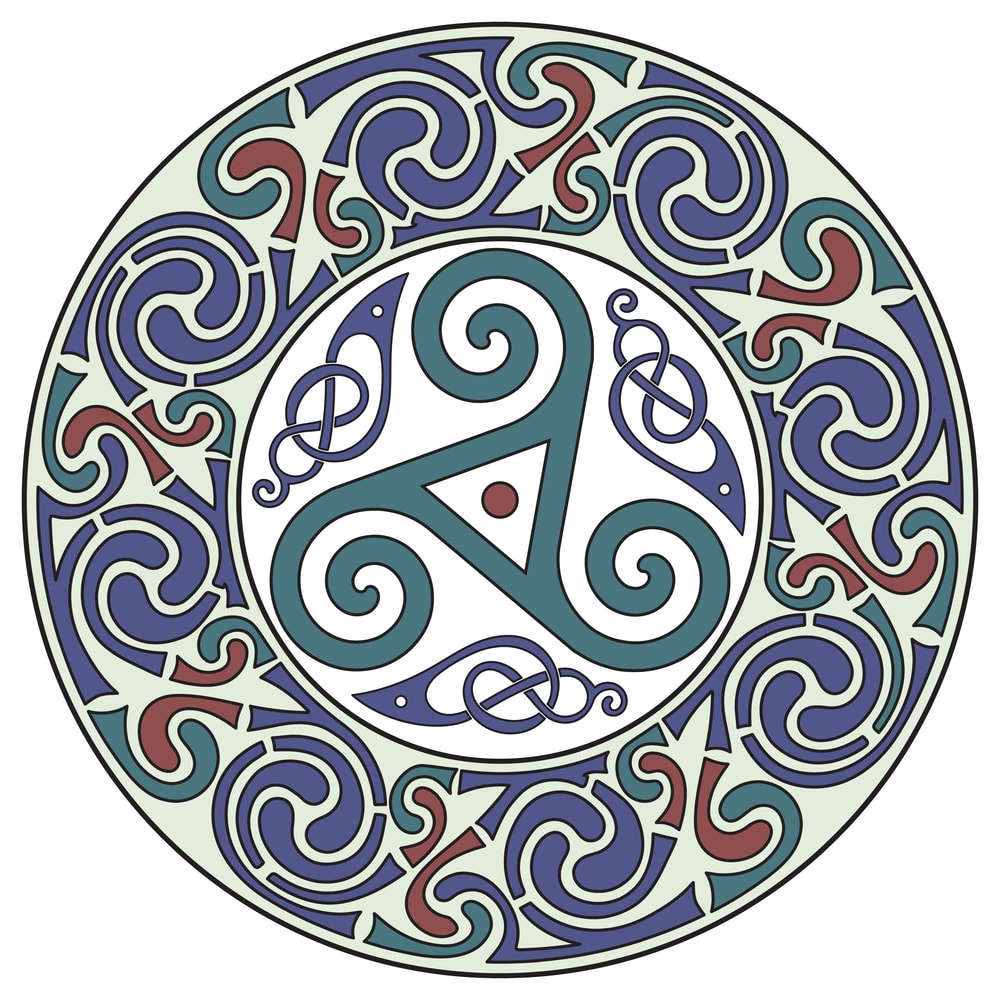
The triskele, (an important symbol to the ancient Irish Druids)with its three interlocking spirals, symbolizes eternal life, while the shamrock, famously associated with St. Patrick, is a symbol of Ireland’s Christian heritage and the Holy Trinity. The Celtic knot, with its endless loops and intricate patterns, represents interconnectedness and continuity.
The Irish Goodbye
Often in the middle of a good night out and some great craic, the Irish will disappear without saying goodbye, this has become known as the Irish goodbye. The other Irish goodbye is the repeating of goodbye at least 6 or 7 times in an attempt to get off the phone to someone.
Turf & Peat
Most Irish these days have central heating, but I have yet to be in an Irish home or pub that doesn’t have an open fireplace. Turf is what scents the air with that lovely quintessentially Irish aroma. It is dug out of the peat pits, and left stacked in the fields to dry out. If you see a stack of brown logs you are probably looking at a turf or peat bog. The Irish also burn coal and wood in their fireplaces as it is cheaper than most of the oil fired central heating units.
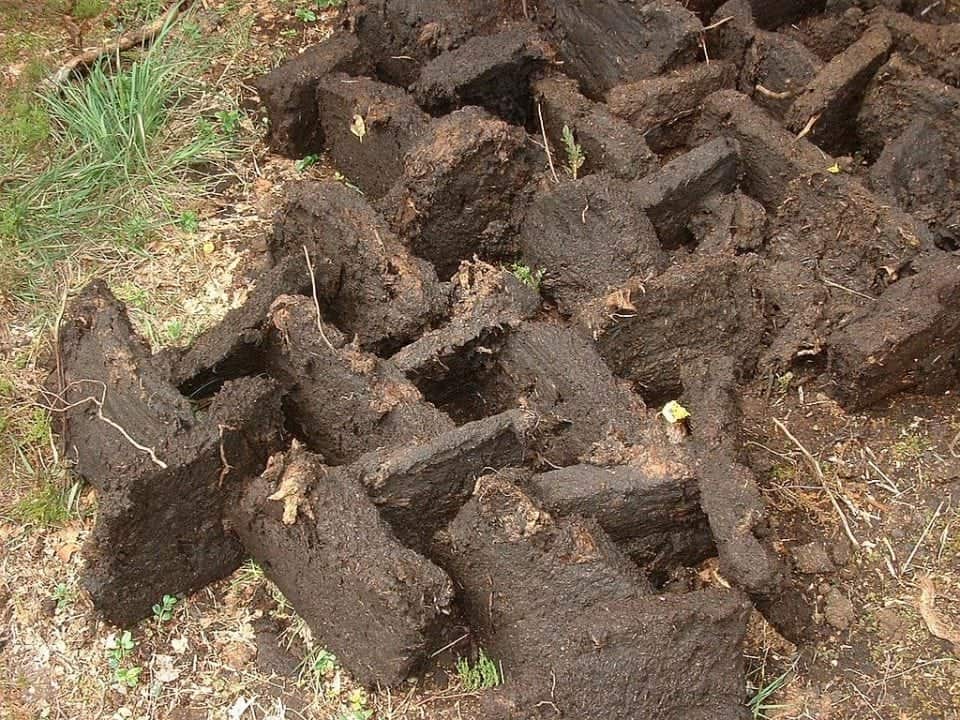
Swearing
Remarkably it seems that everyone swears here, from the youngest to the oldest.
The craic
No not “crack” which has several N. America meanings here in Ireland it means the party no other explanation needed except that the Irish find the craic everywhere.
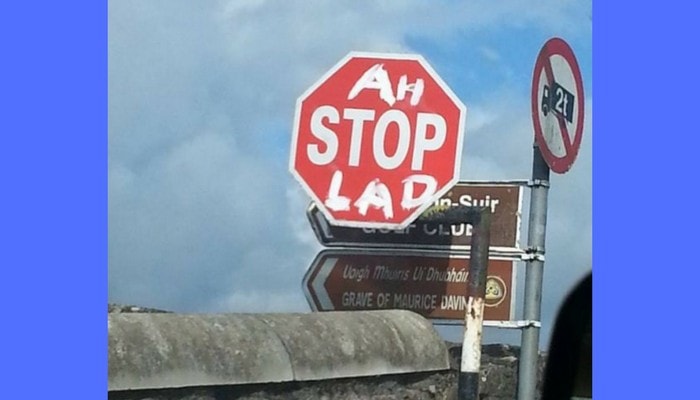
Irish Road Bowling
Irish road bowling, also known as simply “bowling” or “long bullets,” is a traditional sport with deep roots in Irish culture, particularly in County Armagh and County Cork. It involves competitors rolling a small, heavy metal ball (referred to as a “bullet” or “bowl”) along a course of public roads, often winding through picturesque countryside. The objective is to cover the course in the fewest throws possible, similar to golf’s concept of strokes. Participants use a distinctive underarm technique to propel the bullet, aiming for accuracy and distance while navigating the twists and turns of the road.
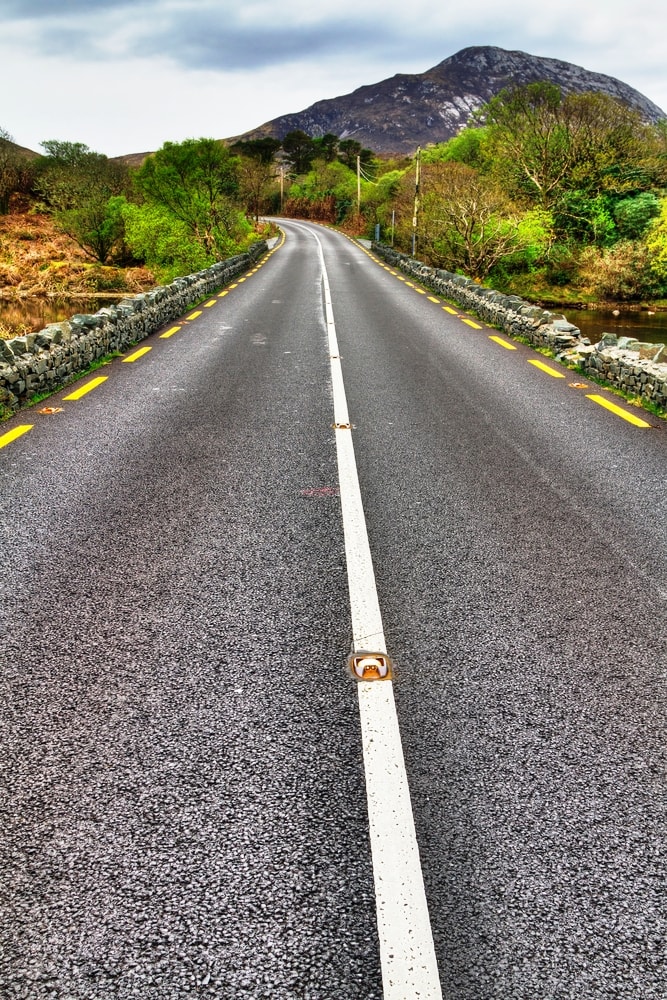
Oscar Wilde
Literature is a strong component of Irish culture. Writers such as the Irish poet and playwright, Oscar Wilde, remains one of the most celebrated literary figures of the late Victorian era. Known for his wit, flamboyant style, and biting social commentary. His writings, include The Picture of Dorian Gray, ‘The importance of Being earnest’ and “Lady Windermere’s Fan,” are renowned for their sharp humor and satire. Despite his immense talent, Wilde’s life was marked by scandal and controversy, culminating in his imprisonment for “gross indecency” due to his homosexuality.
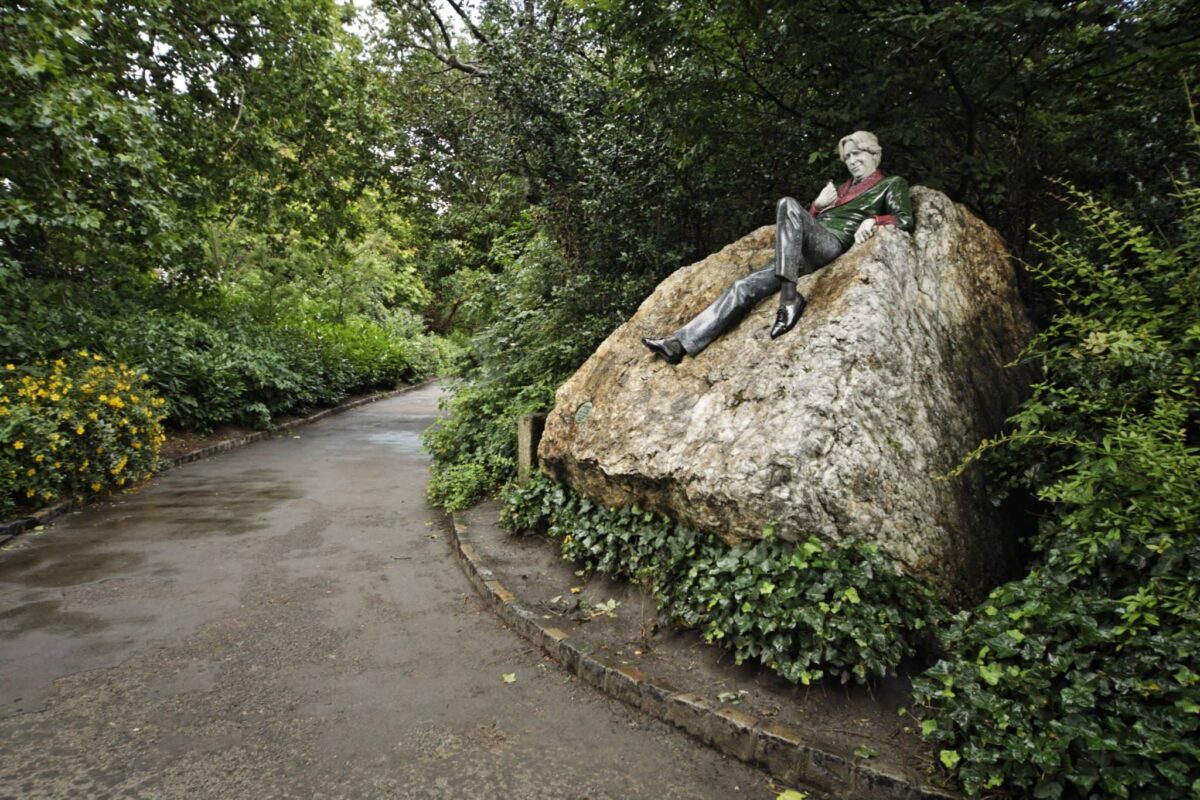
Irish Literature
A large part of Irish culture and one of the things the Irish do well is write. Irish literature boasts a rich tapestry woven with the voices of countless talented authors who have made indelible contributions to world literature. From the lyrical verses of W.B. Yeats to the sharp wit of Oscar Wilde, Irish authors have left an enduring mark across genres and generations. James Joyce’s groundbreaking modernist works, including “Ulysses” and “Dubliners,” Flann O’Brien’s surreal humor and sharp social commentary in works like “At Swim-Two-Birds” have earned him a place among Ireland’s literary giants. Contemporary authors like Roddy Doyle, Anne Enright, and Colm Tóibín carry on this tradition, offering insights into Irish identity, history, and culture.
Irish people
Irish people are renowned for their warmth, wit, and resilience, and a rich cultural heritage that spans centuries. With a deep connection to their land and history, they possess a strong sense of identity and community, often expressed through music, dance, and storytelling. The Irish are known for their hospitality and conviviality, and sarcastic sense of humour.
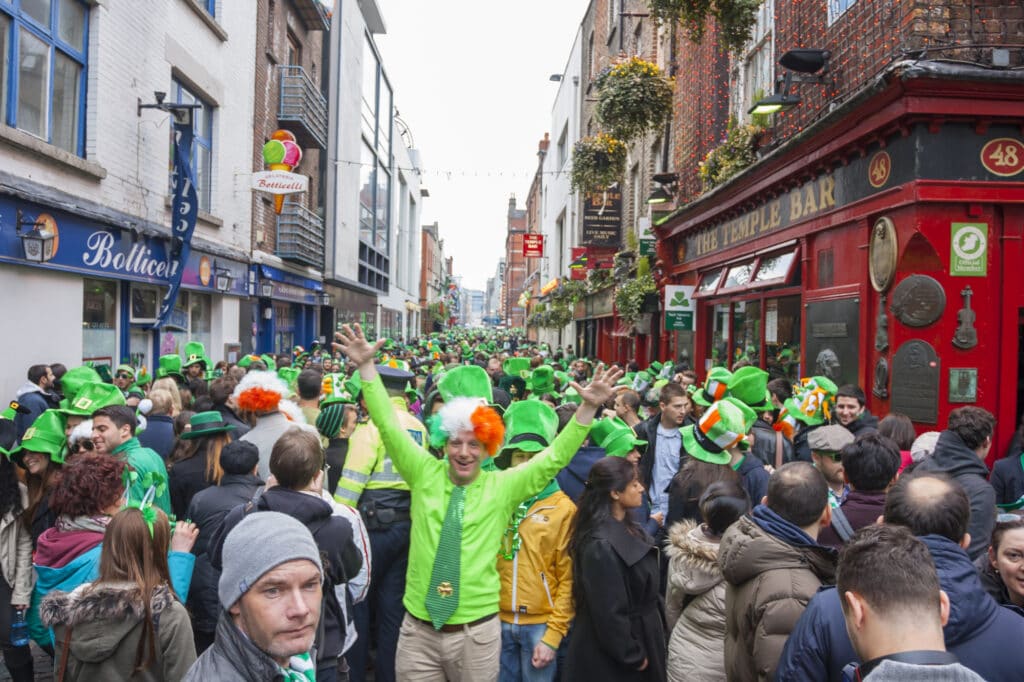
Irish Blessings
An Irish blessing is a traditional prayer or sentiment that originates from Ireland, often used to convey good wishes, luck, and positivity. These blessings typically feature themes of faith, hope, love, and the interconnectedness of life. One of the best Irish blessings is:
“May the road rise up to meet you. May the wind be always at your back. May the sun shine warm upon your face; the rains fall soft upon your fields and until we meet again, may God hold you in the palm of His hand.”
Irish dancing
Traditional music is also known as Trad, but the Irish who do love trad music tend to take the piss and call it the diddly I di. Ireland’s most famous showcase of Irish dancing is of course Riverdance. Virtually every tourist who visits Ireland wants to celebrate Irish culture by taking in a show of Irish Dance and Irish folk music.

The guard
Also known as the Garda or the Police.
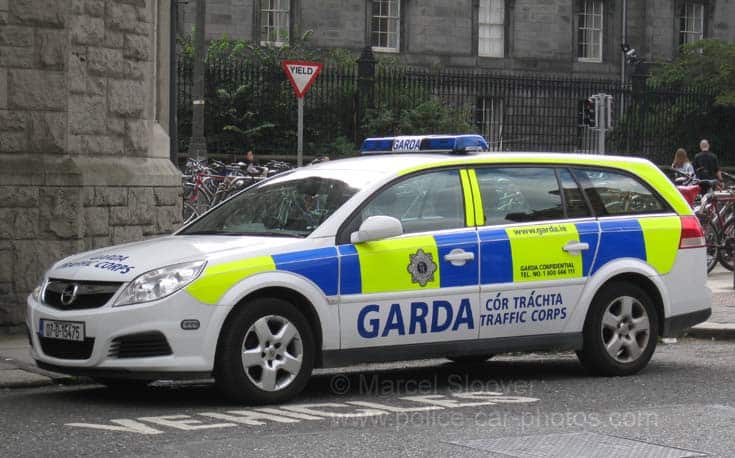
Traditional Irish music
Irish music is a vibrant and integral part of the country’s cultural heritage, embodying a tapestry of history, emotion, and community. Rooted in ancient Celtic traditions, and traditional folk music Irish music encompasses a diverse range of styles and genres, from lively jigs and reels played on fiddles and tin whistles to haunting ballads and rebel songs. Traditional instruments such as the bodhrán (Irish drum), uilleann pipes, and accordion feature prominently, creating a distinctive sound. Irish music is a powerful means of storytelling, preserving tales of love, loss, resilience, and rebellion passed down through generations.
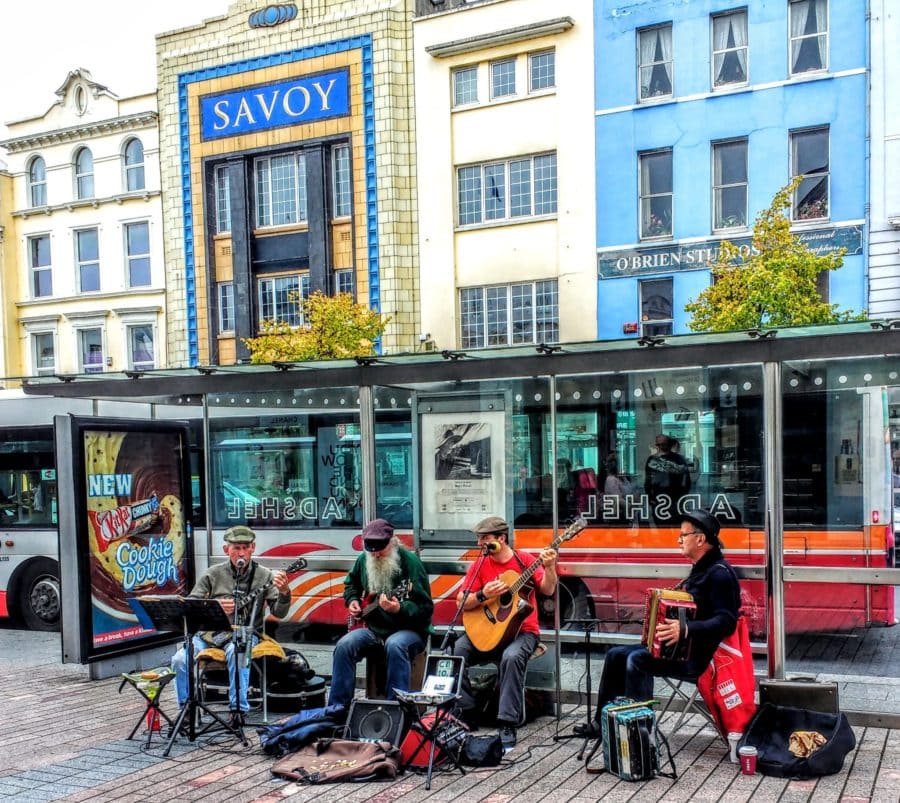
Gaelic Football
While Soccer and rugby are enjoyed in Ireland they prefer Gaelic football which is a unique and fast-paced sport deeply rooted in Irish culture and history. Played predominantly in Ireland, it combines elements of soccer, rugby, and basketball, creating an exhilarating and dynamic game.
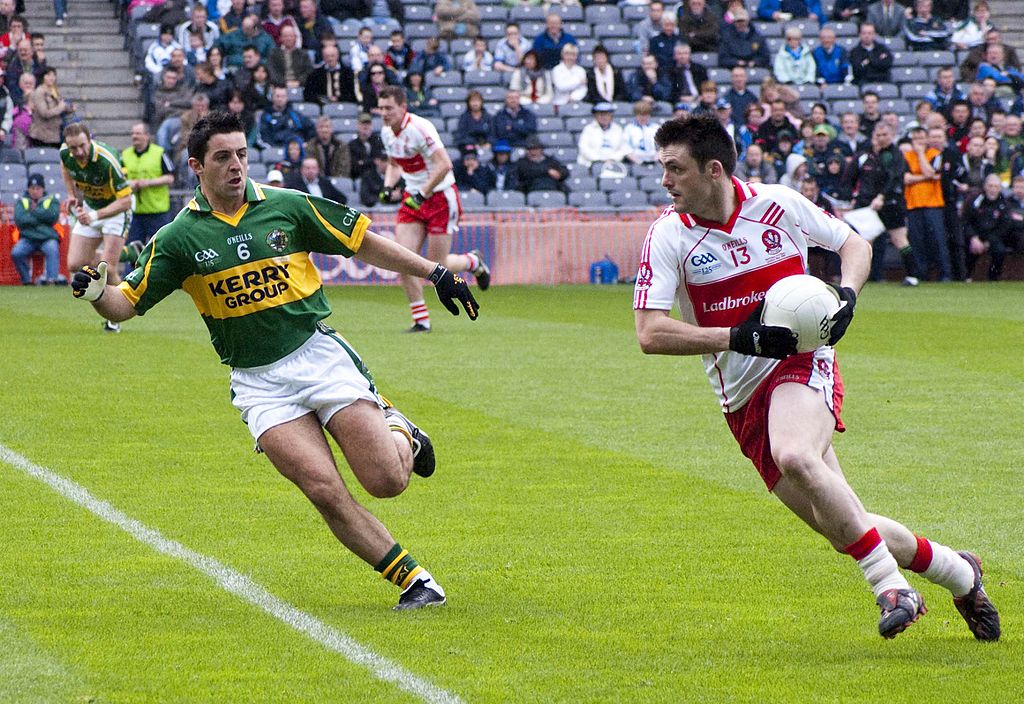
Hurling
Hurling is an ancient Gaelic sport that holds a central place in Irish culture and heritage. It is one of the world’s fastest field sports, combining elements of hockey, soccer, and lacrosse. The game is played with a small, hard ball called a sliotar and a curved wooden stick called a hurley.
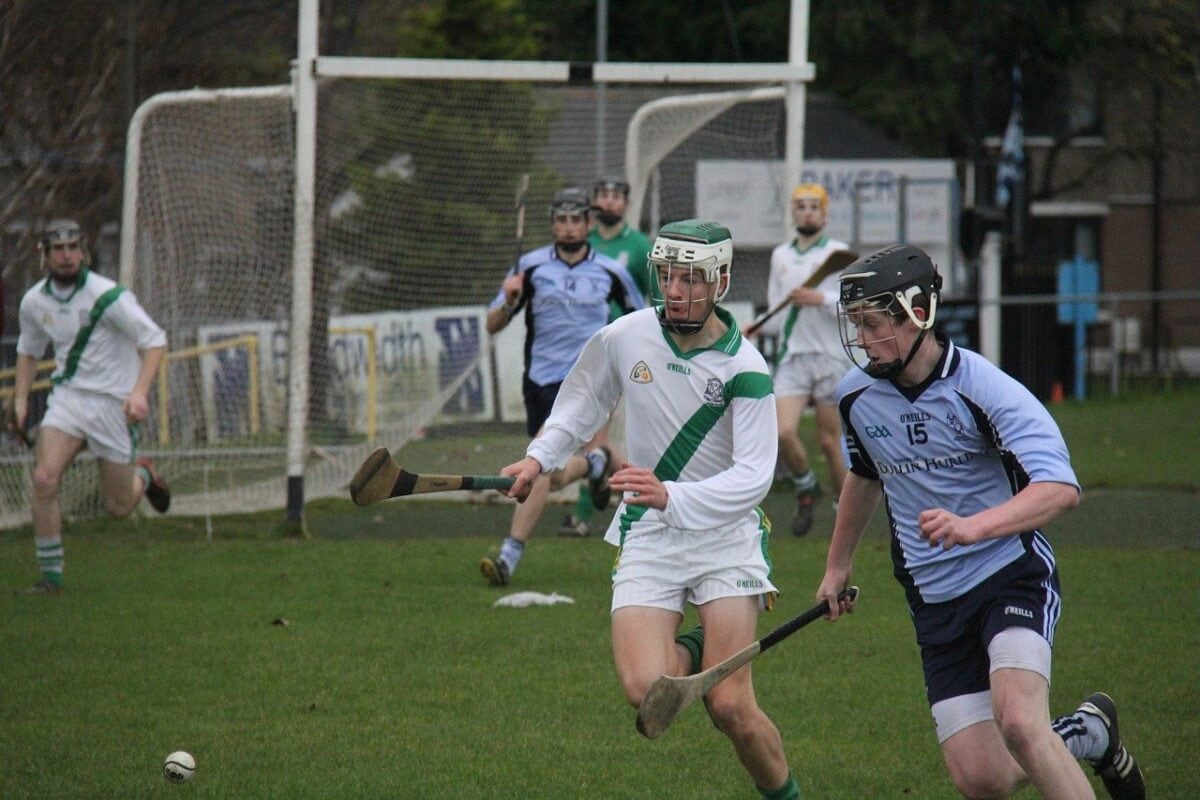
Irish Rugby
Irish rugby holds a revered place in the nation’s sporting culture, representing a blend of fierce athleticism, strategic prowess, and unwavering passion. With a history steeped in tradition and triumph, Ireland’s national rugby team has earned acclaim on the global stage, boasting victories in the Six Nations Championship and memorable performances in the Rugby World Cup.
The Irish Accent – Gaelic
Doesn’t matter where you go you will hear a wide variety of Irish accents. Some say Donegal is the most difficult to understand, that’s probably because they are a dominantly Gaeltacht region. The Irish have a knack for hearing a particular region’s accent and will take the piss accordingly. Until the 17th century Gaelic was the only language spoken in Ireland, but now there are only an estimated 138,000 people that use it as their first language, and most of them are scattered around the west coast of Ireland fondly known as the Wild Atlantic Way.

The Wake
It is still a common occurrence here. In Ireland, the body is laid out in the family home for 3 days before being buried. Most wakes bring out the whole village or area and there are signs on the roads to drive with care past a Wake House.
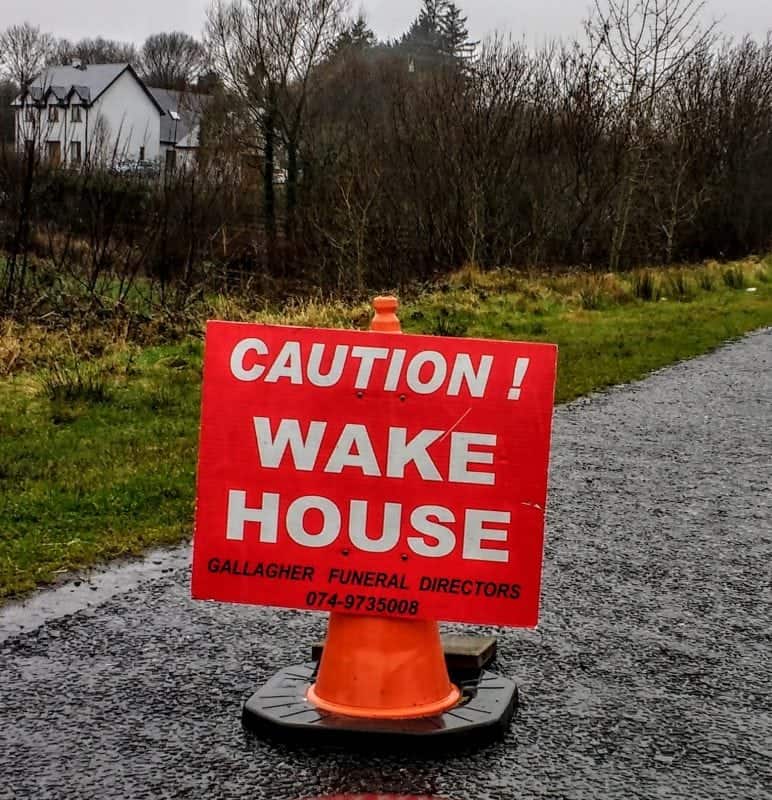
A Lock-In – The Irish Pub
Legally speaking drinking hours are until 11:30 in pubs on a weekday and 12:30 on a weekend. However, there is a brilliant cultural tradition here in Ireland called the lock-in. Quite often in rural areas and in many urban as well you suddenly notice the bar has cleared out somewhat, the curtains are drawn and the pints are still being pulled. You can hear people trying to get into the pub and some that are known to the Publican are allowed in and the door is promptly locked behind them.
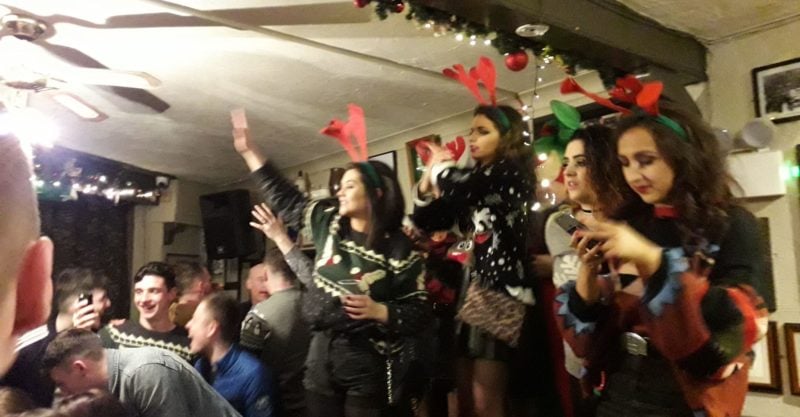
You are now in the middle of a lock-in and Irish tradition that allows folks to keep on drinking and enjoying the craic. May you have the privilege of enjoying one on your visit.
Irish homes and BnB’s
The press
The press is the kitchen cupboard where food is stored. The hot press is where the boiler is for the hot water and central heating.
The Immersion and the boiler
These are used to provide the home with hot water, many folks turn them off and on when required so you may find yourself washing dishes with cold water or even a brisk cold shower if you forget to turn on the immersion. Most, if not all, Irish showers are electric and you need to pull the cord to switch them on before you can take a hot shower.
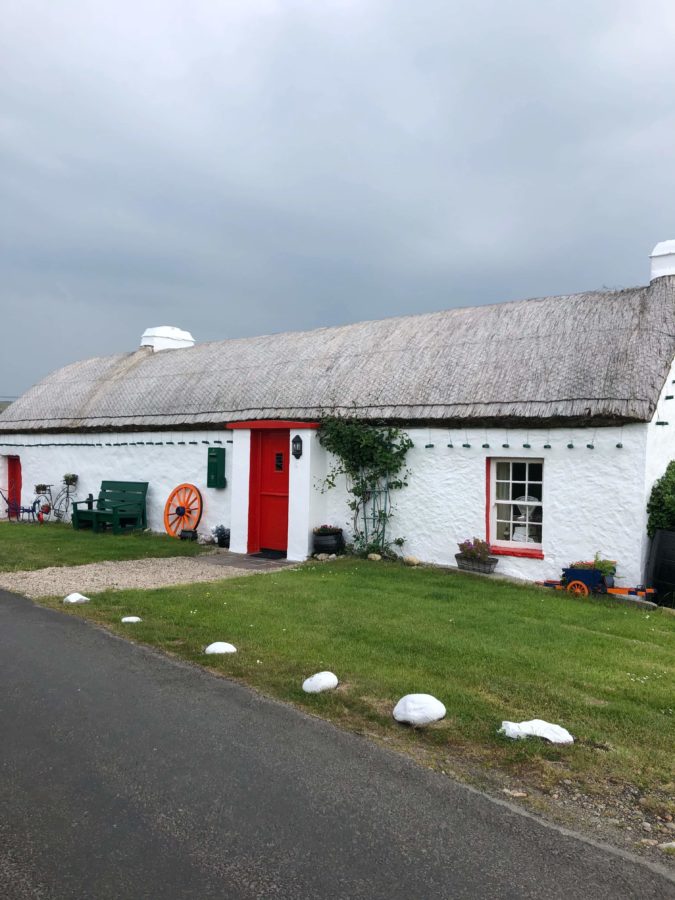
Irish bathrooms
They don’t have plug sockets or light switches. In most hotels they do but in Irish homes, for some bizarre reason, they believe that these electrical modern conveniences are somehow a danger. Now go into any Irish kitchen near the sink and there are sockets and switches galore. Truth is that the Irish electric grid goes into the home at 200 kW which is much higher than North America and probably was dangerous in the past. But they don’t seem to have circuit breaker outlets in Ireland.
More things that are unique to Ireland
Text alert areas
A cool idea which puts everyone’s cell number on a text alert so they can develop a phone tree when they spot trouble or unknowns in rural areas.
Petrol
There is only one kind of gas (petrol) in Ireland and it is unleaded the other is diesel there are no grades of gas for sale. (You can even get a full Irish at several petrol stations such as the Apple Green).

Tipping
Is an interesting subject here. Check for a service charge in restaurants – in many areas the tip is already included in the bill so check before double tipping. Ireland is not a tipping culture in many places although in Dublin it is slightly different
Food and Drink in Ireland
Guinness
Arthur Guinness was an Irish brewer and founder of the Guinness brewery. In 1759, he founded the Guinness brewery at St. James’s Gate in Dublin, where he signed a 9,000-year lease for the brewery’s location. Today, Guinness is celebrated globally, and Arthur Guinness is remembered as a pioneering figure in the history of brewing.
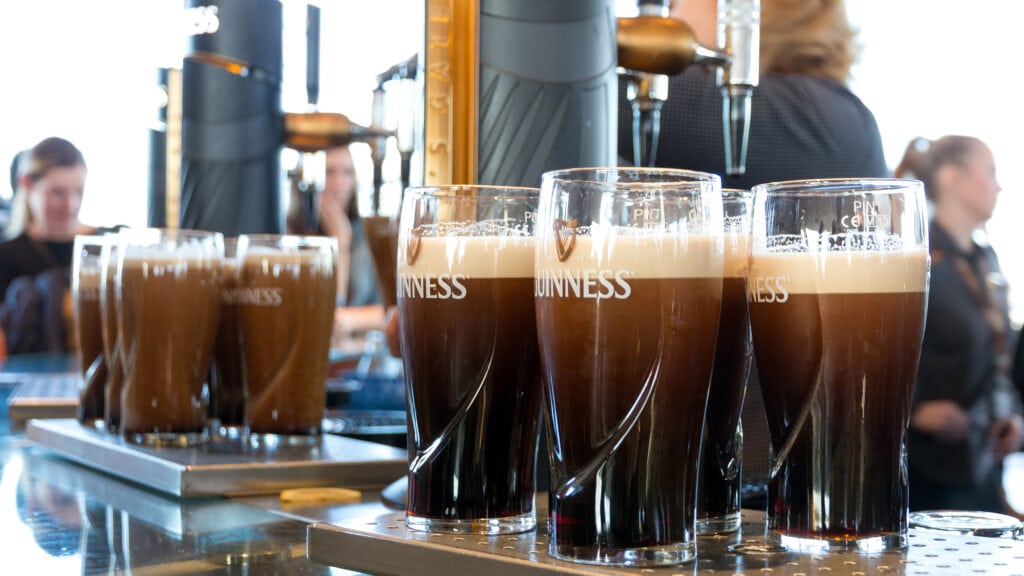
Guinness holds a special place in the hearts of the Irish, symbolizing more than just a beverage; a pint of the black stuff embodies a sense of heritage, community, and pride. As one of Ireland’s most iconic exports, Guinness is deeply ingrained in the country’s cultural fabric, with a history dating back over two centuries. When in Dublin one of the must sees is of course the Guinness Storehouse and what lies behind the Guinness Gate brewery.
Famous Pubs in Dublin for a pint and some craic
Irish Whiskey
The Irish are famous for their whiskey but Irish whiskey is made differently from Scottish Whiskey as it is a blend of malted and unmalted barley Scotch uses only malted barley. The malted barley used in Scotland is dried over peat smoke which gives it that distinctive “peaty” flavour.
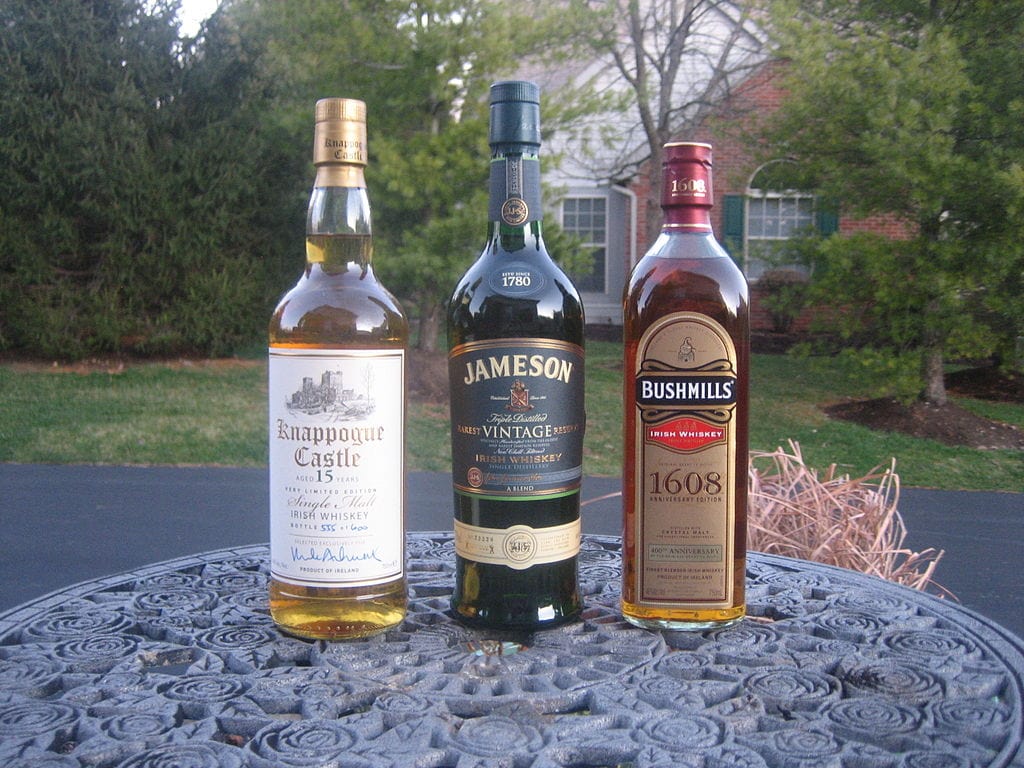
Irish whiskey is triple-distilled, which results in a smoother, higher-alcohol spirit compared to Scotch which is only distilled twice. Touring Whiskey Distilleries in Ireland is a great way to experience the beverage and some of Ireland’s best.
Butter
No doubt about it in Ireland Kerrygold is the brand to buy but all Irish butter is better. It’s so good you can slather it on your hand and eat it.
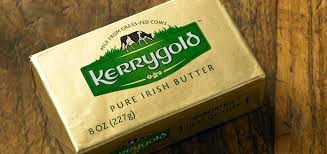
Rashers
Bacon but not just bacon Irish heavenly bacon, beautifully brined pure pork loin, this is not your average streaky bacon like North Americans are used to.

Tea
It must be tea, not many Irish homes have coffee makers but all have several teapots the preferred brands in Ireland Bewley’s, Barry’s, and Lyon’s. Tea is served very hot from the pot and milk and sugar are always added. Ice tea is available but unheard of in any restaurant.
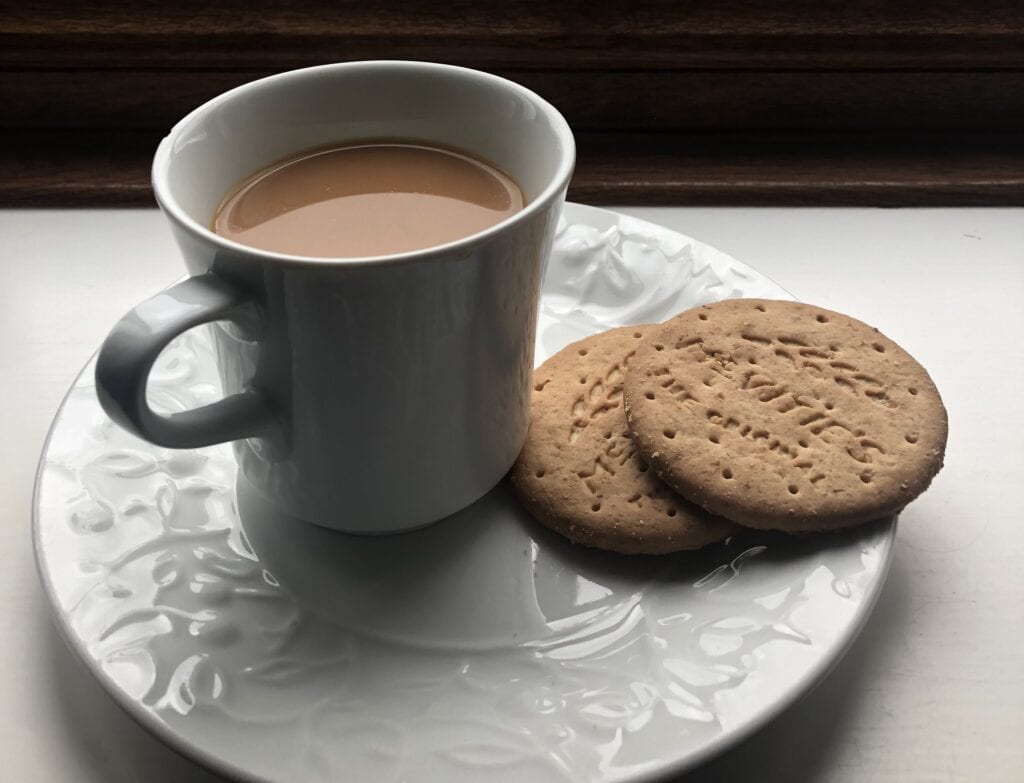
Irish Stew
Irish stew is a traditional dish that has been enjoyed in Ireland for generations. Typically made with lamb or mutton, potatoes, onions, and carrots, it is slow-cooked to perfection, allowing the flavors to meld together beautifully.
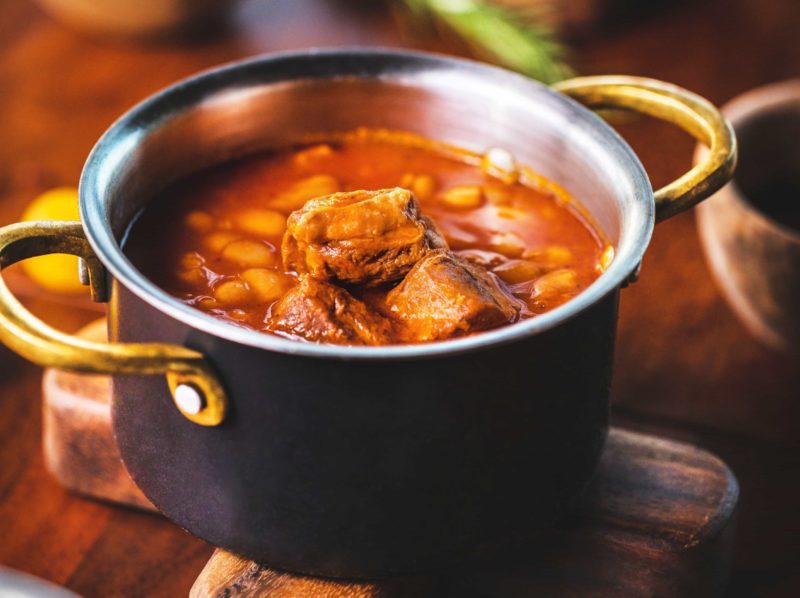
Tayto sambo
The best sandwich in the world is plain white pan bread slathered with butter enclosing crispy cheese and onion chips (crisps as they are known here). According to the Irish Mirror, the sambos are now so popular they are now served on Aer Lingus.
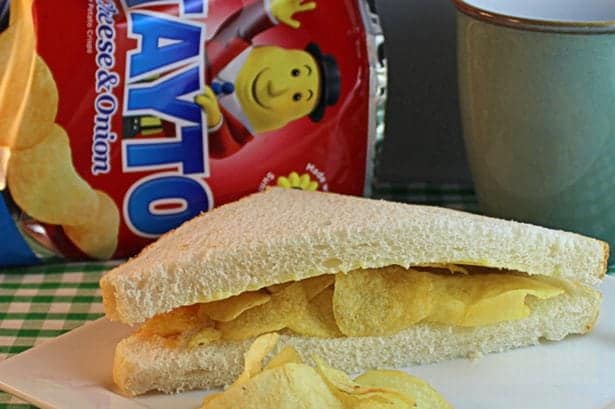
Pan Bread
Pan bread – also known as a batch loaf, there are no crusty sides as the bread sticks together in the “pan” and it is taller than N. American bread. This is Brennan’s Pan Bread which you can buy a whole loaf or a half a loaf.

Soda bread
A traditional Irish favourite served with everything. The rise in soda bread is due to the use of baking soda a traditional quick bread.
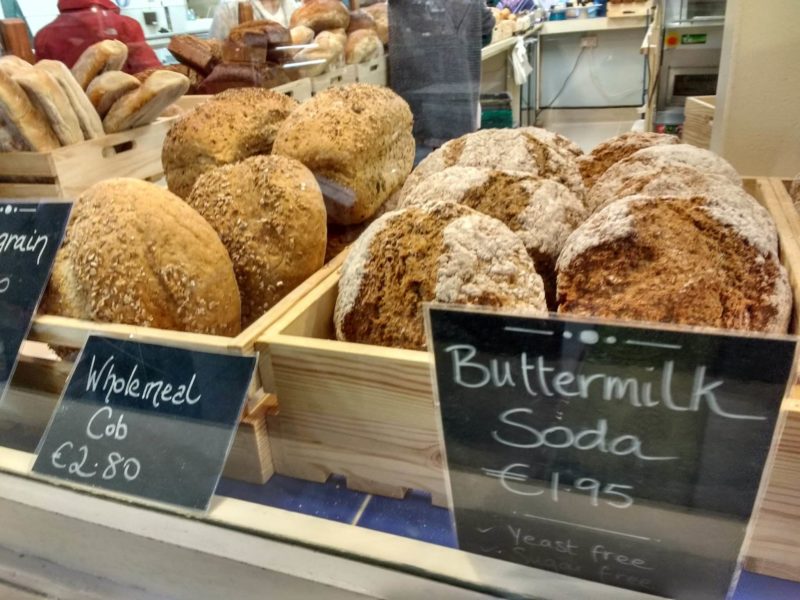
Potato Farls
Eaten at breakfast also known as fadge, farls, boxty and poundies. A portion of the flour is replaced with leftover mashed potatoes or grated fresh potatoes. This is a flatbread usually in a square or triangular shape – perfect served with fried eggs.
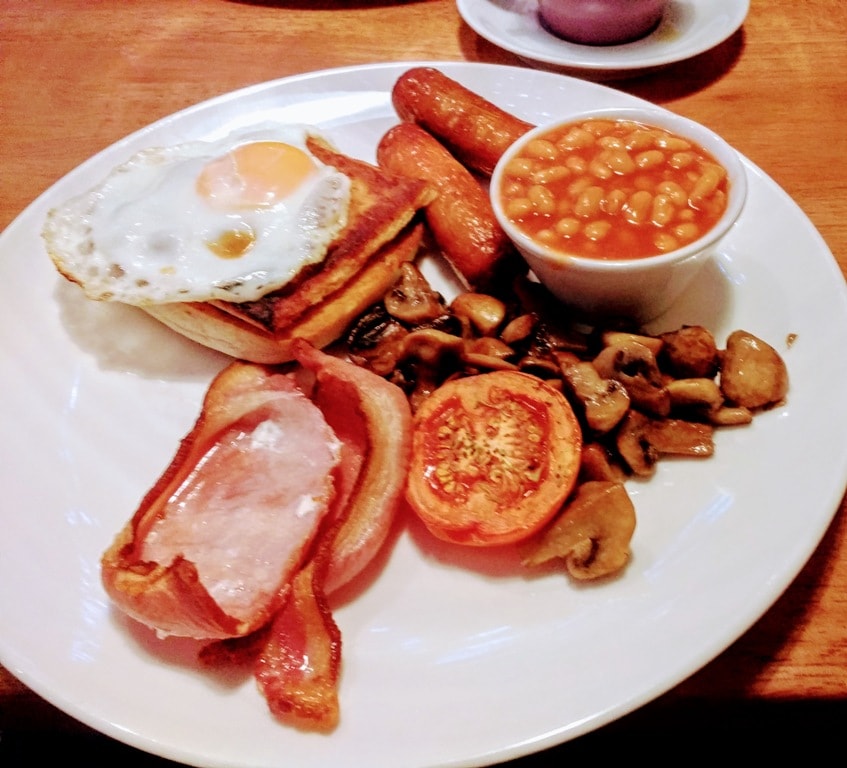
It wouldn’t be a full Irish without Boxty a traditional Irish flatbread made with potatoes.
Barmbrack
Barmbrack is a yeasted bread that is sweet and has currants (dried fruit currants) and sultanas (a type of raisin) in it.
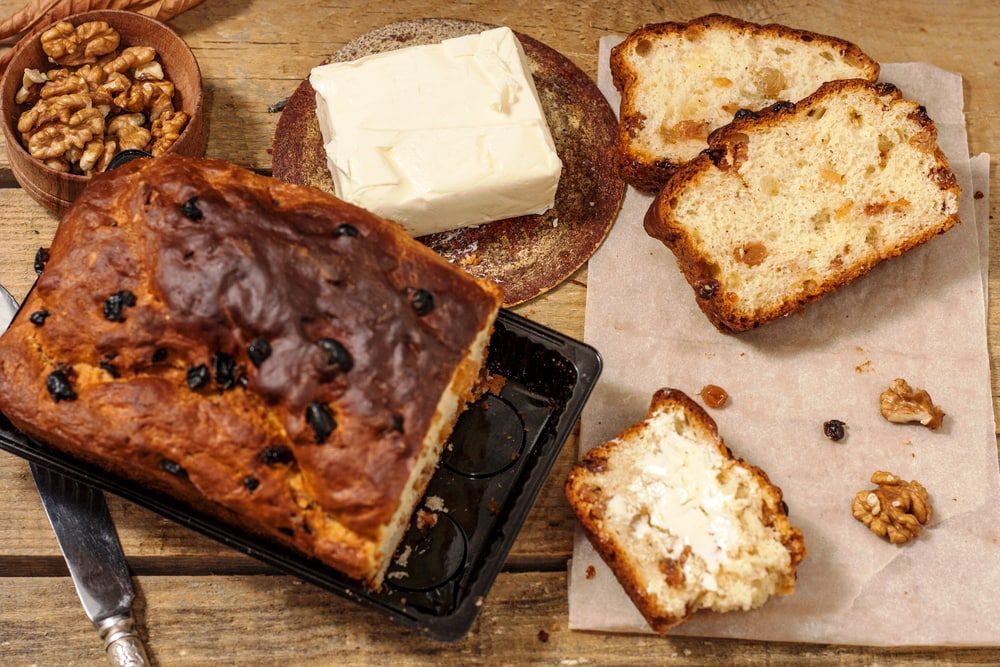
Waterford bla
Only in Waterford do you find this traditional soft white bun or bap with its floury coating. The Blaa is now a Protected Designation of Origin (PDO) product along with items like Champagne.
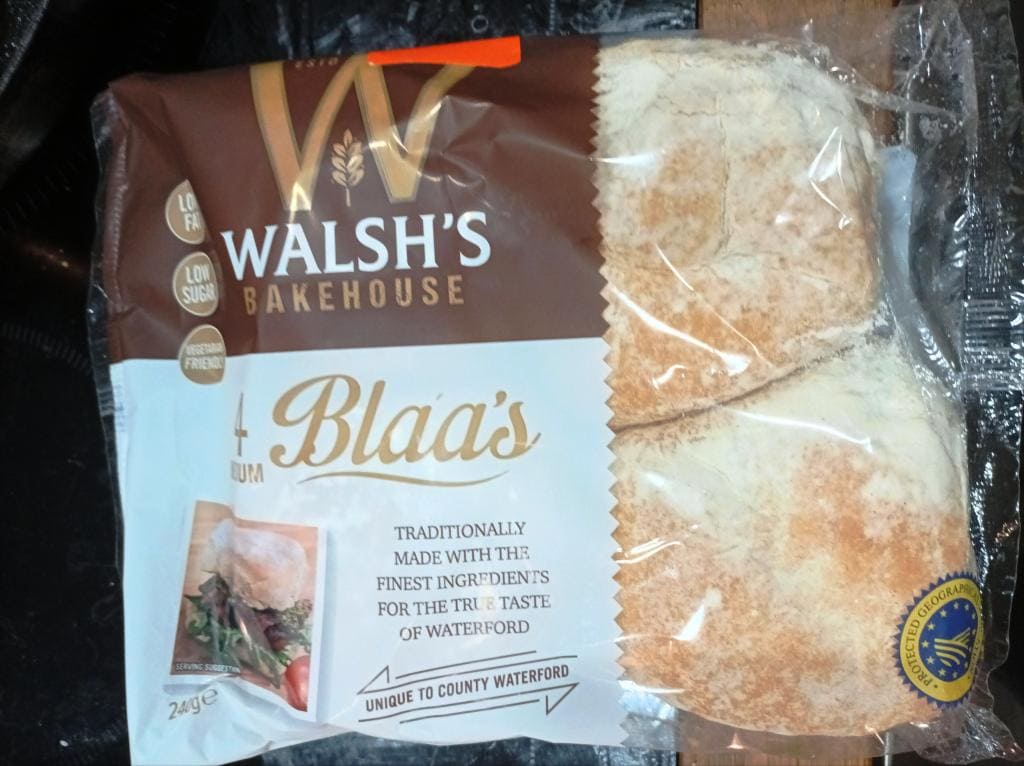
Wheaten Bread
Brown bread – pretty much everywhere you will see homemade brown bread served – it is a non-yeast moist brown bread that tastes superb with anything and everything also known as Wheaten bread fantastic served with smoked salmon.

Minerals
In North America; pop, soft drinks, cola, sodas.
Irish Coffee
Irish coffee is a blend of coffee with smooth Irish whiskey, topped with a layer of thick cream. Originating in Ireland and attributed to the Irish Chef Joe Sheridan, Irish coffee is made by pouring hot coffee into a glass, followed by a generous measure of Irish whiskey and a spoonful of brown sugar, which is stirred until dissolved. Finally, a dollop of freshly whipped cream is gently floated on top, creating a beautiful contrast of flavors and textures.
Full Irish Breakfast
This is the full breakfast served everywhere (including petrol stations) and includes bacon, farls, baked beans, grilled tomato, black and possibly white pudding, sausages, eggs and of course the obligatory mug of tea.
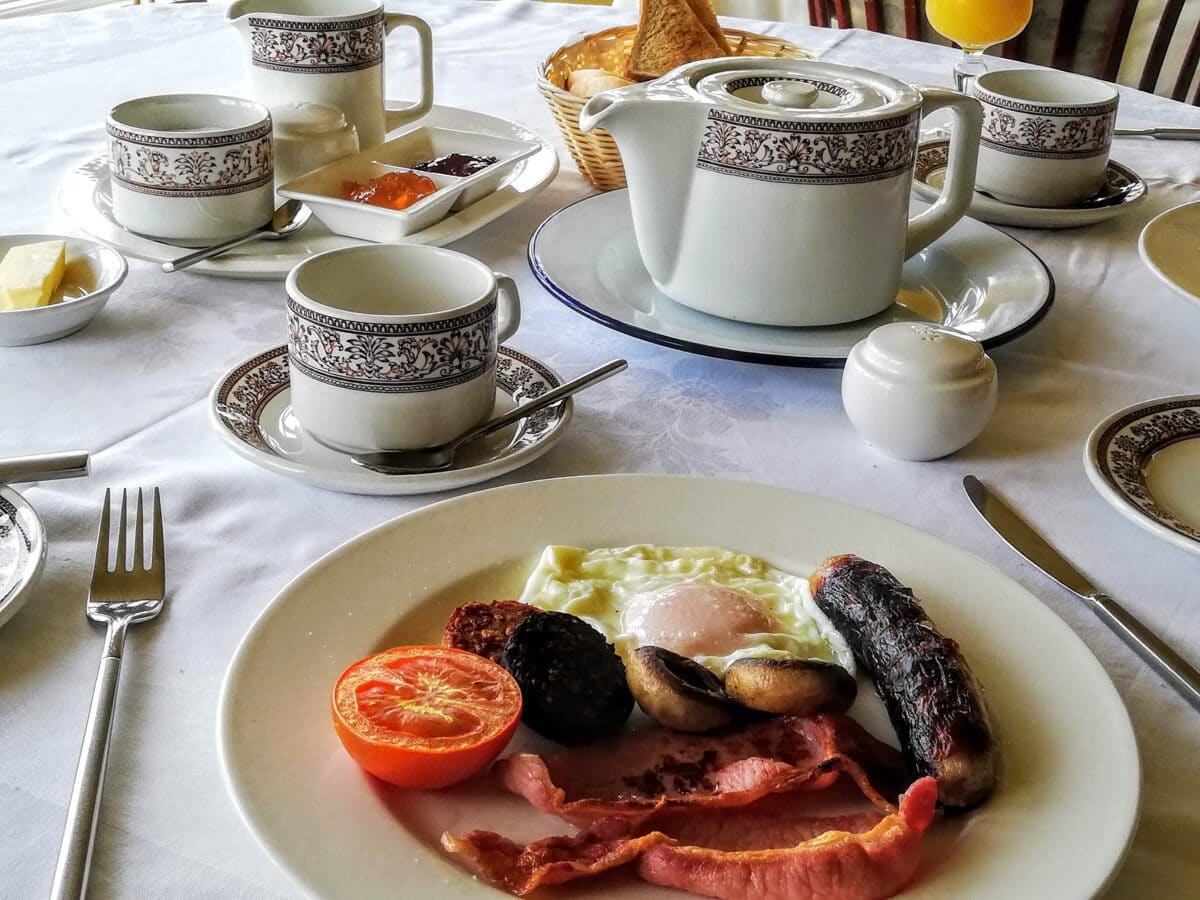
A few Irish Sayings
“I will yeah”
It really means I won’t so listen carefully to when the Irish are talking you have to learn to interpret
Slagging off
if the Irish don’t insult you then move on you know they like you when you get teased, tormented and they take the piss.
Taking the piss
Is making fun of someone getting pissed is getting drunk, not angry. If you want some craic in the pub be prepared to have the “piss” taken out of you, in other words, you will be insulted, teased, made fun of and if you can’t give as good as you get you might as well leave.
Yer man
Or yer woman a saying that is heard all over Ireland, sometimes because they simply can’t remember the person’s name or then again just because.
“Arsed”
As in can’t be arsed or bothered.
“Away with the fairies”
As in he’s away with the fairies or not quite all there.
“Are you wid me now?”
As in do you understand
Wind yer neck in
Used to tell someone to mind their own business or stop bragging and giving large.
Driving in Ireland
No road rage
The Irish are completely content to wait for that tractor to park in town, or not overtake that slow-moving car for miles and miles and miles. The Irish have no road rage at all.
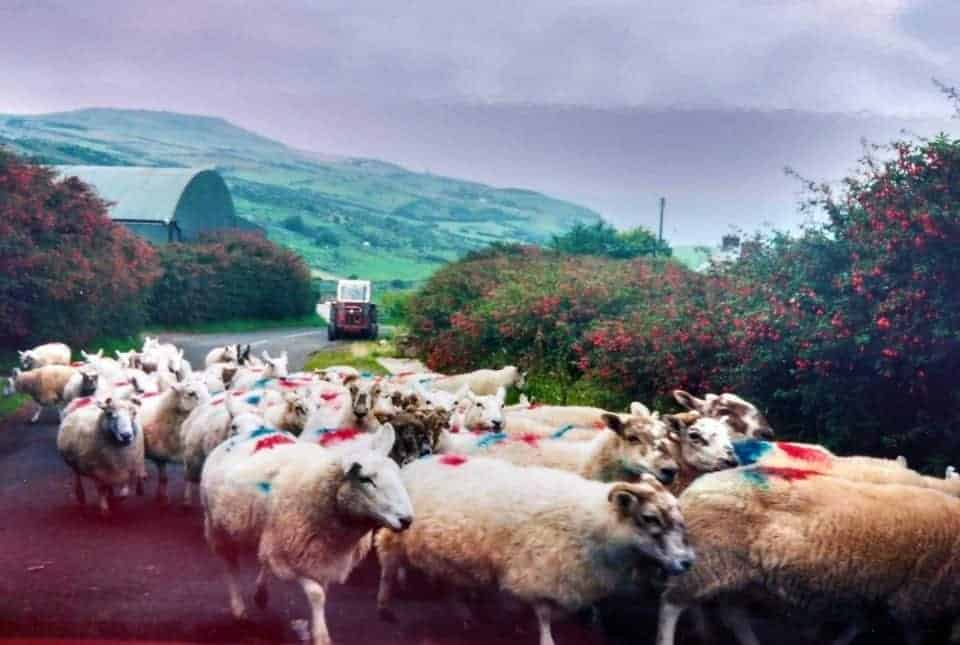
Roundabouts
A method of moving traffic around circular islands that is pretty much foreign to N. Americans but words exceedingly well – just remember the traffic to the right of you has the right of way.

FAQS and tips on Irish Things
1. What are some Irish things to know before you go to Ireland?
Before heading to Ireland, it’s important to familiarize yourself with Irish culture and customs. Be prepared to experience a rich heritage, friendly people, stunning landscapes, and vibrant cities that are key aspects of visiting Ireland.
2. Why is Ireland known for its Irish music?
Irish music holds a special place in the hearts of the Irish people and visitors alike. The country is renowned for its traditional Irish music, which often includes instruments like the fiddle, tin whistle, and bodhrán. Don’t miss the chance to enjoy live music in Irish pubs while in Ireland!
3. What are some Irish things that Ireland is famous for?
Ireland is known for a variety of things such as Irish whiskey, Guinness beer, Irish soda bread, St. Patrick’s Day celebrations, leprechauns, and stunning landscapes. These famous Irish elements play a significant role in Irish culture and identity.
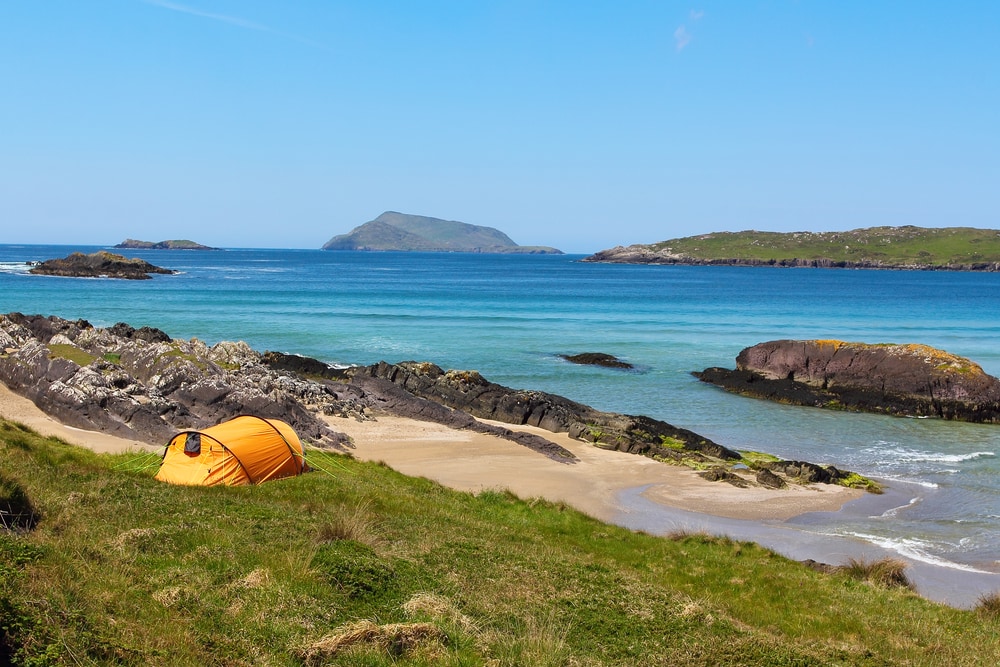
4. How can one appreciate the Irish culture and connect with the Irish people?
To truly immerse yourself in the Irish culture, embrace the warmth and friendliness of the Irish people. Engage in conversations, learn about Irish history, try traditional Irish cuisine like soda bread and Irish stew, and participate in Irish dancing and sports like Gaelic football to establish a deeper connection.
5. What are some must-visit places in Ireland like Dublin and Cork?
While in Ireland, be sure to explore bustling cities like Dublin with its historic sites and vibrant nightlife, as well as picturesque places like Cork or Cobh known for its food scene, music festivals, and charming streets. Make time to visit attractions like the Rock of Cashel or head to Tipperary for some great Irish craic.
Lots more articles on Ireland to enjoy
101 Historical Landmarks in Ireland
Camping in Ireland: 30 Best camping and wild camping spots
Best Time to Visit Ireland in 2024 for Unforgettable Experiences

